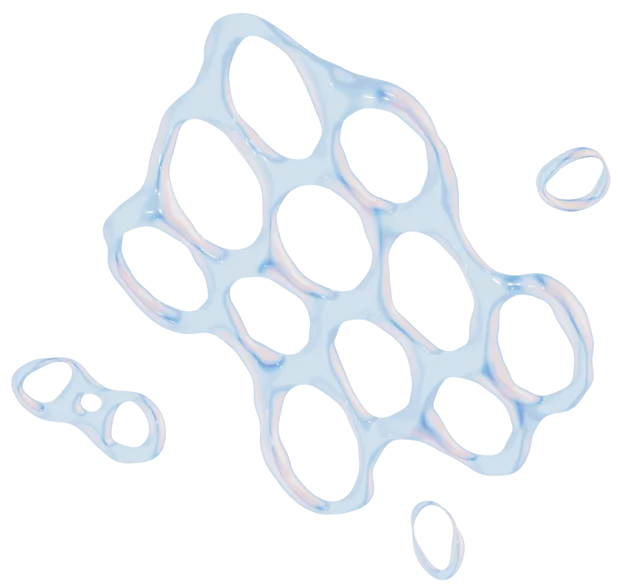Plasma
Le terapie plasma-proteiche che trattano disturbi e malattie potenzialmente letali sono costituite da un ingrediente principale, il plasma. Queste terapie hanno un valore unico per i pazienti. Senza questo elemento dotato di funzionalità essenziali, la terapia non sarebbe disponibile e molte vite andrebbero perdute. Il nostro obiettivo strategico per il plasma è "garantire la disponibilità di plasma sicuro e di alta qualità per il frazionamento".



cos’è il plasma
Il plasma è il componente più grande del sangue umano e funge da mezzo di trasporto per le cellule e per numerose sostanze vitali del corpo umano. Contiene acqua, sali, enzimi, anticorpi e altre proteine. Il plasma svolge anche molte funzioni essenziali, tra cui quella di combattere malattie, ed è quindi essenziale per numerose terapie.
92%
1%
7%



Raccolta e lavorazione del plasma
Raccolta del plasma
.png)
Plasma di origine
Il plasma di origine viene raccolto da donatori sani e volontari attraverso un processo chiamato plasmaferesi, utilizzato esclusivamente per la successiva produzione di terapie finali (frazionamento). I donatori di plasma di partenza potrebbero essere remunerati.
Scopri di piùLavorazione del plasma

Frazionamento
Il plasma viene riunito e trattato attraverso un processo chiamato "frazionamento" che impiega tempo, temperatura, pH e concentrazioni di alcol per estrarre specifiche proteine terapeutiche. Queste vengono poi sottoposte a vari processi di purificazione e di inattivazione e rimozione virale per garantire ulteriormente la loro sicurezza ed efficacia.
Scopri di piùTerapie a base di plasma
Le terapie plasma-proteiche sono metodi di trattamento a cui si affidano i pazienti con condizioni patologiche ben definite. Le terapie plasma-proteiche e i loro analoghi ricombinanti, indicati collettivamente come terapie plasma-proteiche, sono farmaci biologici unici.
- Immunologia-Immunodeficienze
- Neurologia-Malattie immuno-mediate
- Ematologia
- Dermatologia
- Prevenzione delle infezioni
- Regolamento del sistema immunitario iperreattivo
- Miglioramento della qualità della vita
- Aumento dell'aspettativa di vita
- Emorragia da trauma
- Sovradosaggio di anticoagulanti
- Malattie del fegato
- Disturbi emorragici
- Miglioramento della qualità della vita
- Improved quality of life
- Aumento dell'aspettativa di vita
- Angioedema ereditario
- Miglioramento della qualità della vita
- Aumento dell'aspettativa di vita
PLASMA PROTEIN
PLASMA PROTEIN
Clotting factors
USED TO TREAT
OUTCOMES
Plasma per i farmaci di uso quotidiano
Il plasma non è solo essenziale per il trattamento di malattie rare e croniche: scoprite come viene utilizzato nella medicina di tutti i giorni, nelle emergenze, nella medicina chirurgica e preventiva.

Sicurezza e qualità
La sicurezza e la qualità delle terapie plasma-proteiche sono la priorità assoluta dell'industria terapeutica delle proteine plasmatiche. Sia i centri di raccolta che centri di lavorazione aderiscono a politiche normative rigorose e hanno stabilito le Good Manufacturing Practices (buone pratiche di fabbricazione) per ogni fase della raccolta del plasma e dei processi di lavorazione.
Registro nazionale dei donatori differiti
Il National Donor Deferral Registry (NDDR) è un database di donatori di plasma permanentemente differiti in Nord America. Tutti i donatori che risultano "reattivi" agli agenti virali dell'HIV, dell'HBV e dell'HCV vengono aggiunti al database e non possono donare plasma presso i centri autorizzati e certificati negli Stati Uniti e in Canada. Si tratta di una misura essenziale per l'industria per garantire la sicurezza delle terapie finali.
Sistema di notifica dei pazienti
Il Patient Notification System (PNS) è un sistema di comunicazione gratuito, confidenziale e attivo 24 ore su 24 che notifica ai pazienti e agli utenti registrati i ritiri e i richiami delle terapie plasma derivate. Questo sistema consente al paziente e ad ogni utente registrato di ricevere informazioni importanti direttamente via e-mail, telefono, SMS o fax.
Disponibilità di plasma
Con il sistema web-based di PPTA, potrai garantirti un accesso completo su base mensile dei dati relativi alle corrette terapie a base di proteine plasmatiche.














